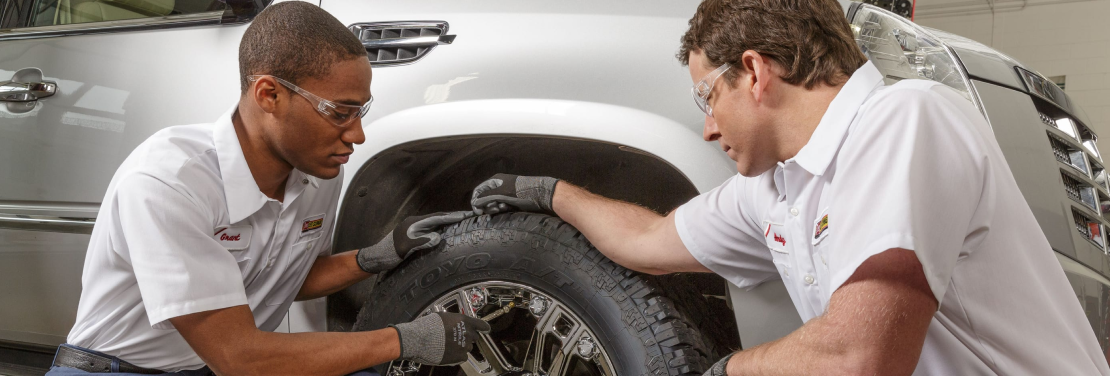Tire Solution: The Influence of Weather
When it comes to making sure ideal efficiency and safety and security on the roadway, recognizing the impact of weather conditions on tire service is vital. In this conversation, we will explore the elaborate partnership in between climate problems and tire service, losing light on the importance of weather-specific tire maintenance techniques and considerations.
Warmth and Tire Performance
When exposed to high temperature levels, tires experience modifications in performance that can dramatically affect vehicle safety and security and handling. The warm generated from extended driving or hot climate conditions creates the tire rubber to soften, leading to decreased tread life and boosted wear.
In addition, high temperature levels can accelerate the procedure of tire aging, creating the rubber to deteriorate much more promptly. To mitigate the effects of warm on tire efficiency, vehicle drivers should on a regular basis examine their tire stress, rotate tires to guarantee even use, and evaluate for any kind of signs of damage.
Cold Weather Condition Impacts
Cold weather condition conditions can have a significant impact on tire efficiency and security. In chilly weather, tires may additionally shed air pressure more swiftly, which can influence managing and fuel efficiency.
To minimize the impacts of cold weather on tires, it is critical to consistently inspect tire pressure and inflate them to the producer's recommended degrees. Utilizing winter season or all-season tires developed for winter problems can also boost traction and grasp on icy or snowy roads - tire shop morris. Correct tire maintenance, consisting of routine inspections for wear and damages, becomes also more essential during cooler months to guarantee optimal performance and safety and security
Rainy Conditions Effect
During rainy conditions, tire performance and safety can be significantly influenced by the damp roadway surface areas and lowered presence. The step pattern of tires plays a critical duty in keeping grip on wet roads. Tires with worn-out footsteps are extra susceptible to hydroplaning, where a layer of water develops between the road and the tire surface area, bring about loss of grip. To fight this, chauffeurs ought to routinely examine their tires for sufficient tread deepness and think about purchasing tires specifically made for damp conditions.

Snow and Tire Safety
Snow-covered roadways pose distinct obstacles for chauffeurs, stressing the importance of appropriate tire option and maintenance. When driving in snowy problems, having the appropriate tires can make a significant distinction in safety and security and performance. Winter season tires are made with special rubber compounds and walk patterns to give better traction on snow and ice compared to all-season tires. The much deeper footsteps and sipes of winter tires help hold the roadway much pop over here better, reducing the danger of sliding and gliding.
Along with making use of winter tires, it is essential to guarantee they are properly inflated. Cold weather can trigger tire stress to drop, affecting grip and handling (mopar tire service specials). Regularly inspecting and keeping the proper tire stress is essential for optimal efficiency in snowy problems

Weather-Related Tire Maintenance
Weather-related tire upkeep includes a range of techniques intended at guaranteeing optimal tire feature and durability in different climate situations. One essential facet of weather-related tire upkeep is tire pressure regulation. Evaluating tire walk routinely and changing tires when walk wear reaches a specific depth is essential for preserving grip and stability in adverse climate.
Final Thought
In verdict, weather conditions have a considerable influence on tire performance and security (tires morris il). From heat impacting tire pressure and use to cool weather decreasing grip, it is crucial to consider the weather condition when preserving and making use of tires.
In this conversation, we will certainly explore the elaborate connection between weather condition problems and tire solution, losing light on the relevance of weather-specific tire upkeep practices and considerations.
